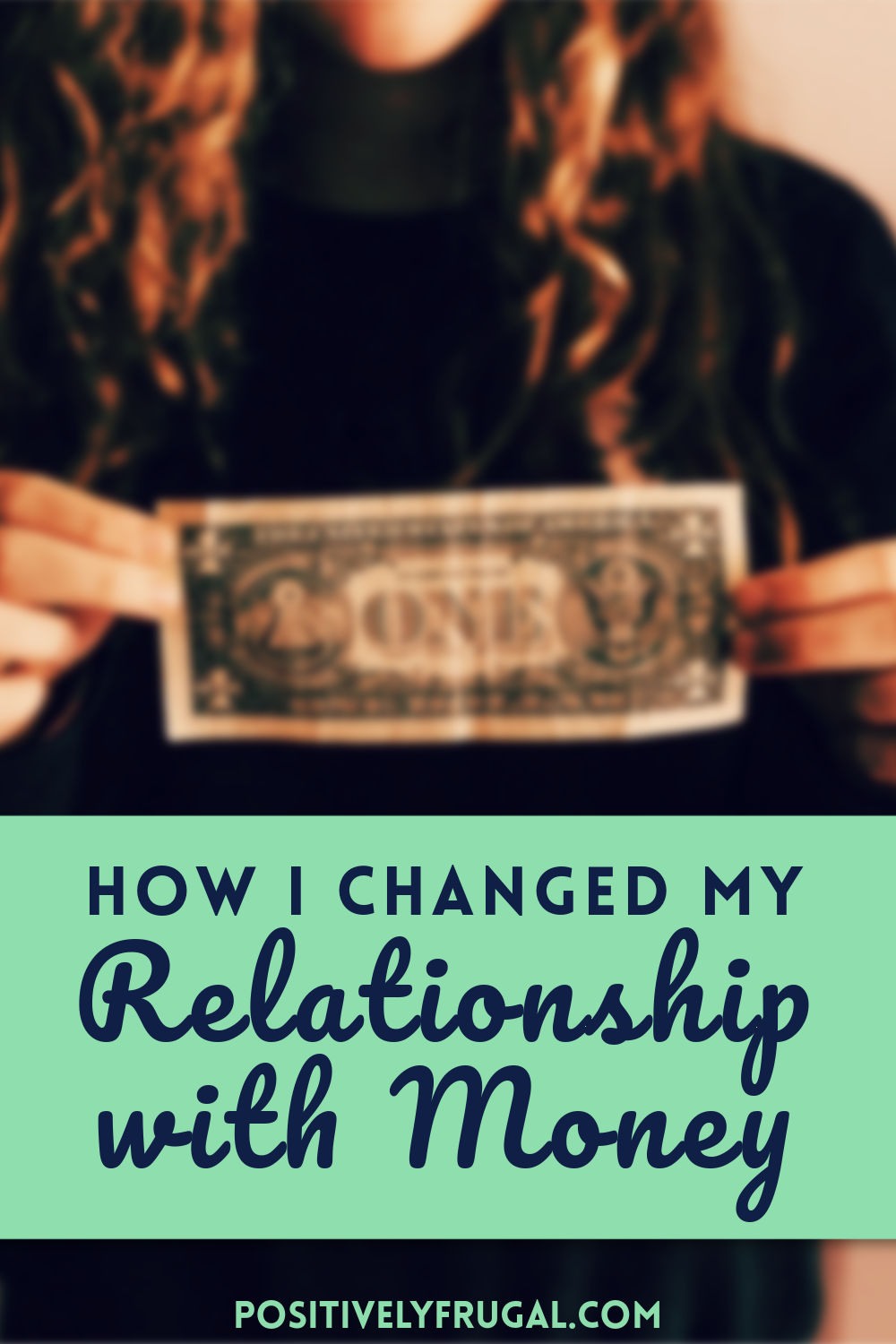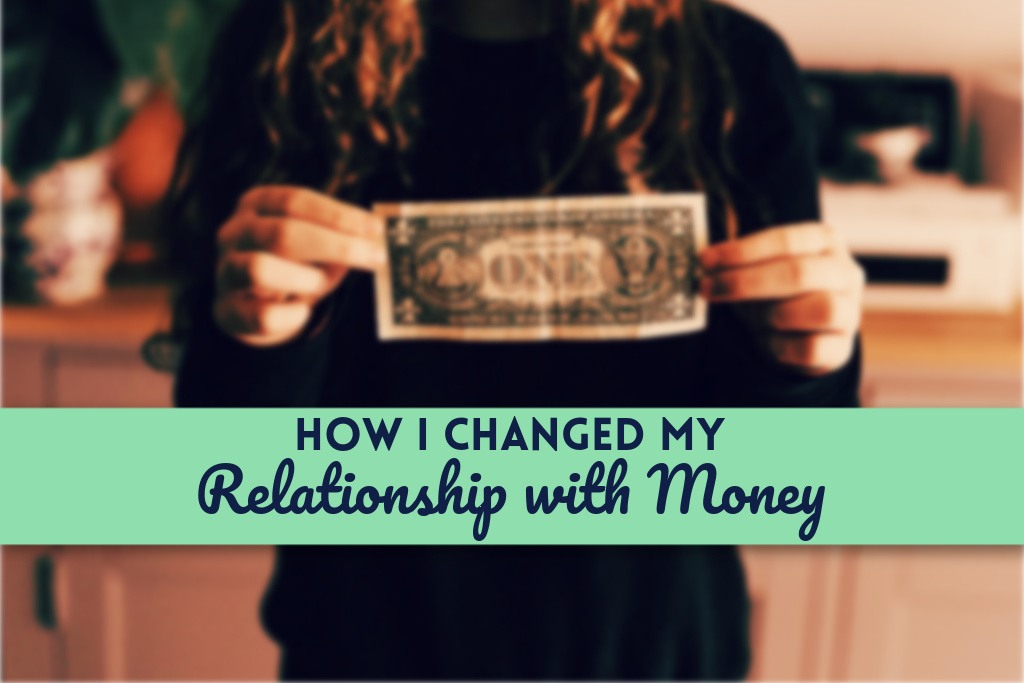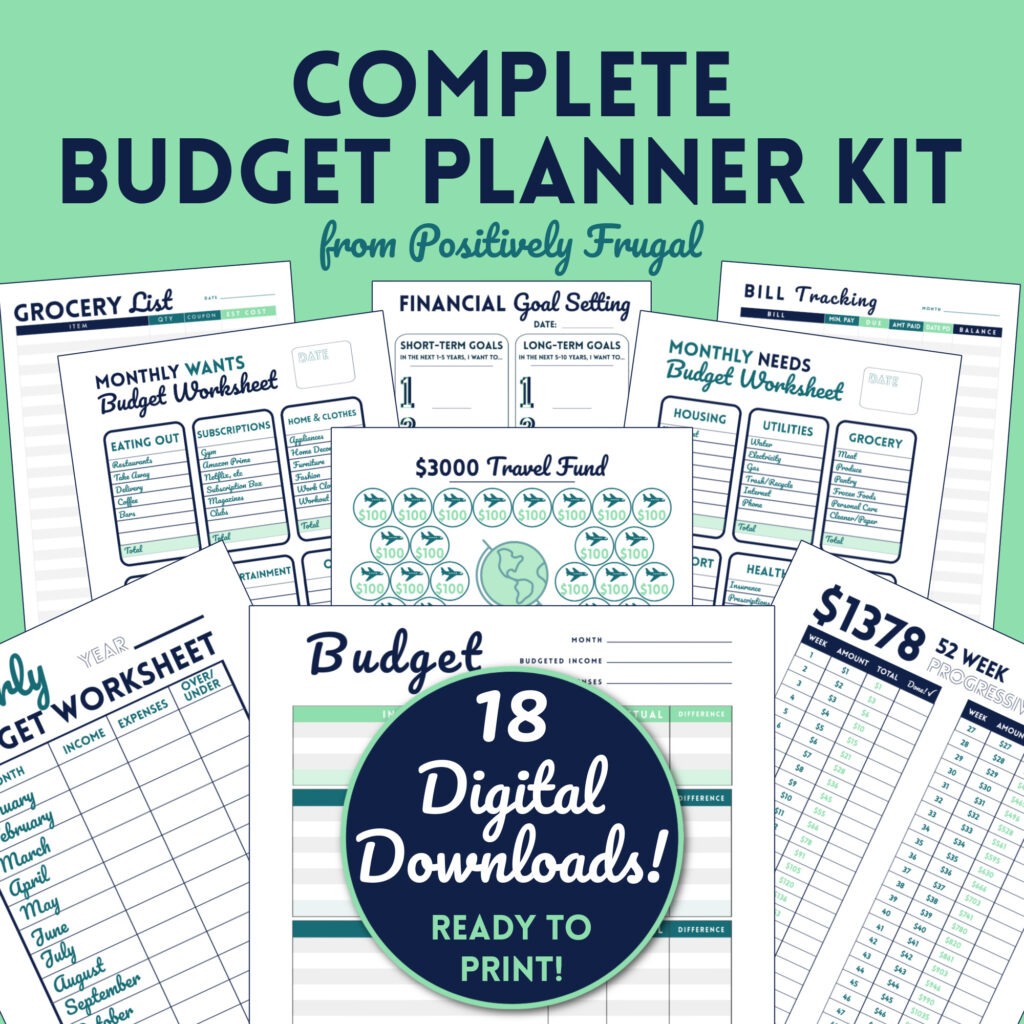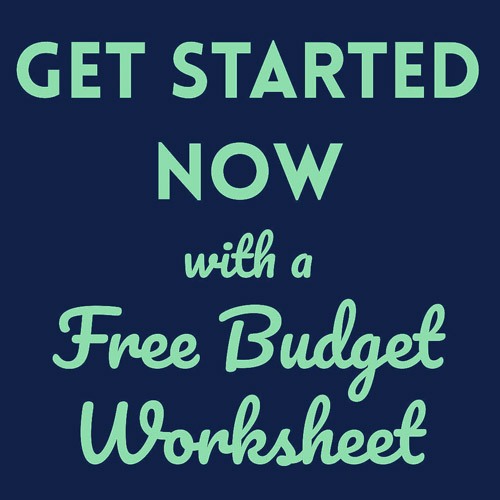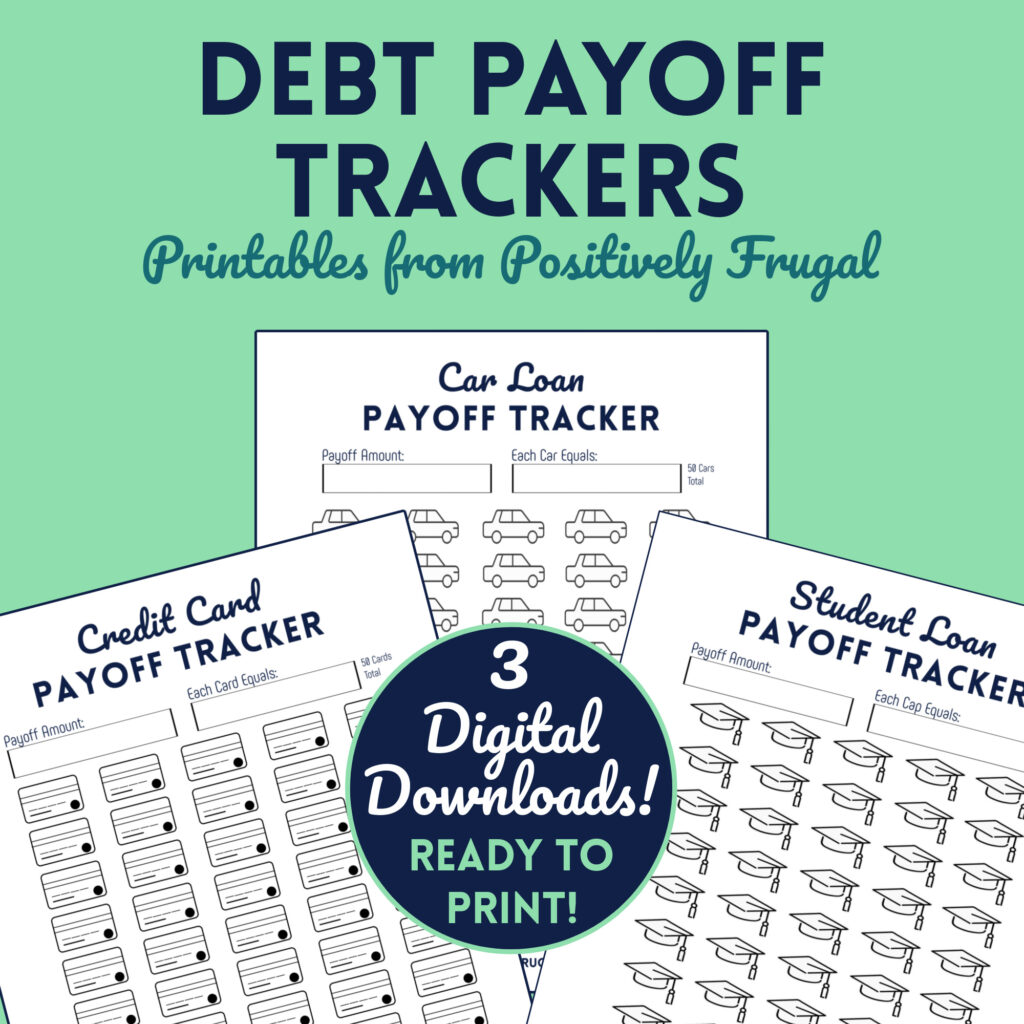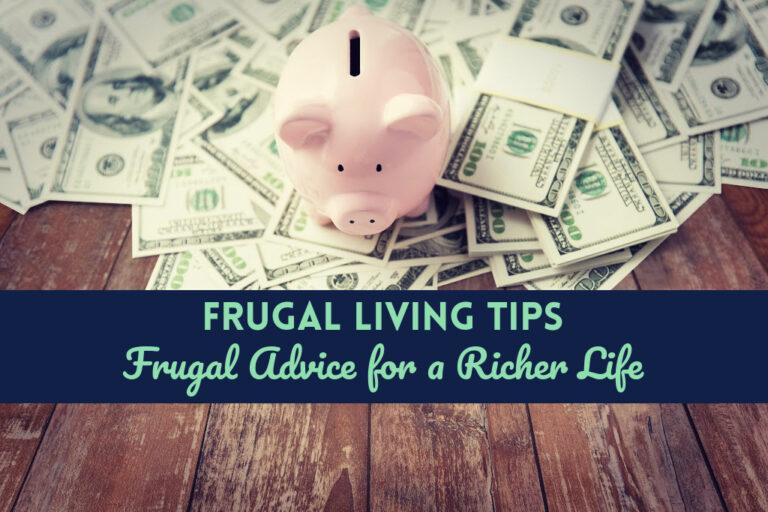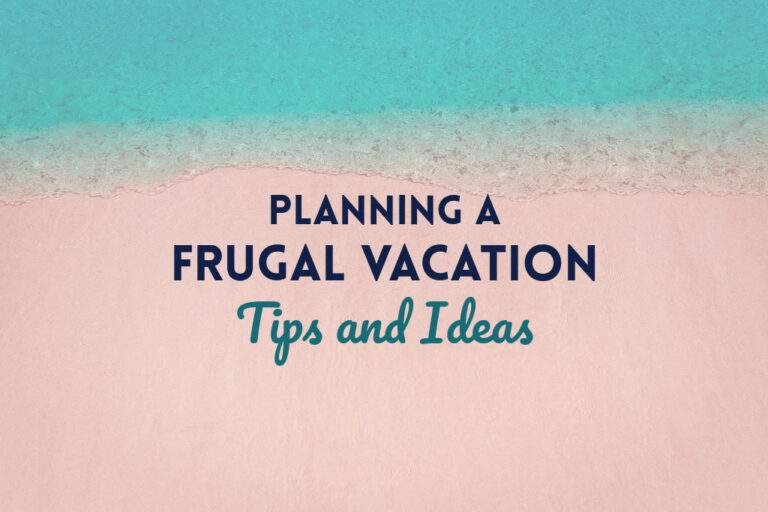Some of the links on this site are Affiliate Links and if you use them to make a purchase, we may earn a commission. For more information, read our Disclosure Policy.
Everyone has a relationship with money – good, bad…or ugly. However, not everyone is mindful of what that relationship is – I certainly wasn’t. When we analyze our relationship with money, we can examine our strengths and work out our flaws.
With an honest approach, this powerful information can help you transform your relationship with money – which can ultimately lead to better spending habits and bigger savings.
What Is Your Relationship with Money?
Analyzing relationships can be uncomfortable – especially when you are the sole focus. However, understanding your relationship with money can help you make better financial choices.
Our financial tendencies and money habits are often rooted in our upbringing and influential personalities, but they are also determined by life circumstances.
How Do I Know If I’m in a Healthy or Unhealthy Money Relationship?
People who are in an unhealthy relationship with money struggle with money matters. They spend it as fast – or faster – than they make it.
Moreover, they spend it on unnecessary or frivolous things. They likely carry debt, have no savings – and, if something goes wrong, they might blame it on someone or something else.
When you are in a healthy relationship with money, you take control of your funds. You are careful with spending, but you are not afraid to spend money when it comes to valuable and life-enriching purchases.
You are living debt free, likely have a plan for savings and an emergency fund. If something goes wrong monetarily, you determine the source and figure out how to fix it.
Most individuals are not at one extreme or the other, but somewhere in between. If you feel like you are in an unhealthy relationship – or just want to improve your relationship with money – you can change it!
I did – and I’m sharing the frugal living steps I took to become healthier with my money matters.
Transforming Your Relationship with Money
If you want to change your relationship with money, you are already one step in the right direction.
However, how to change your relationship with money is more than a one-step process. Trust me, it does not happen overnight.
Just like any relationship, it takes time and effort to learn how to have a healthy relationship with money.
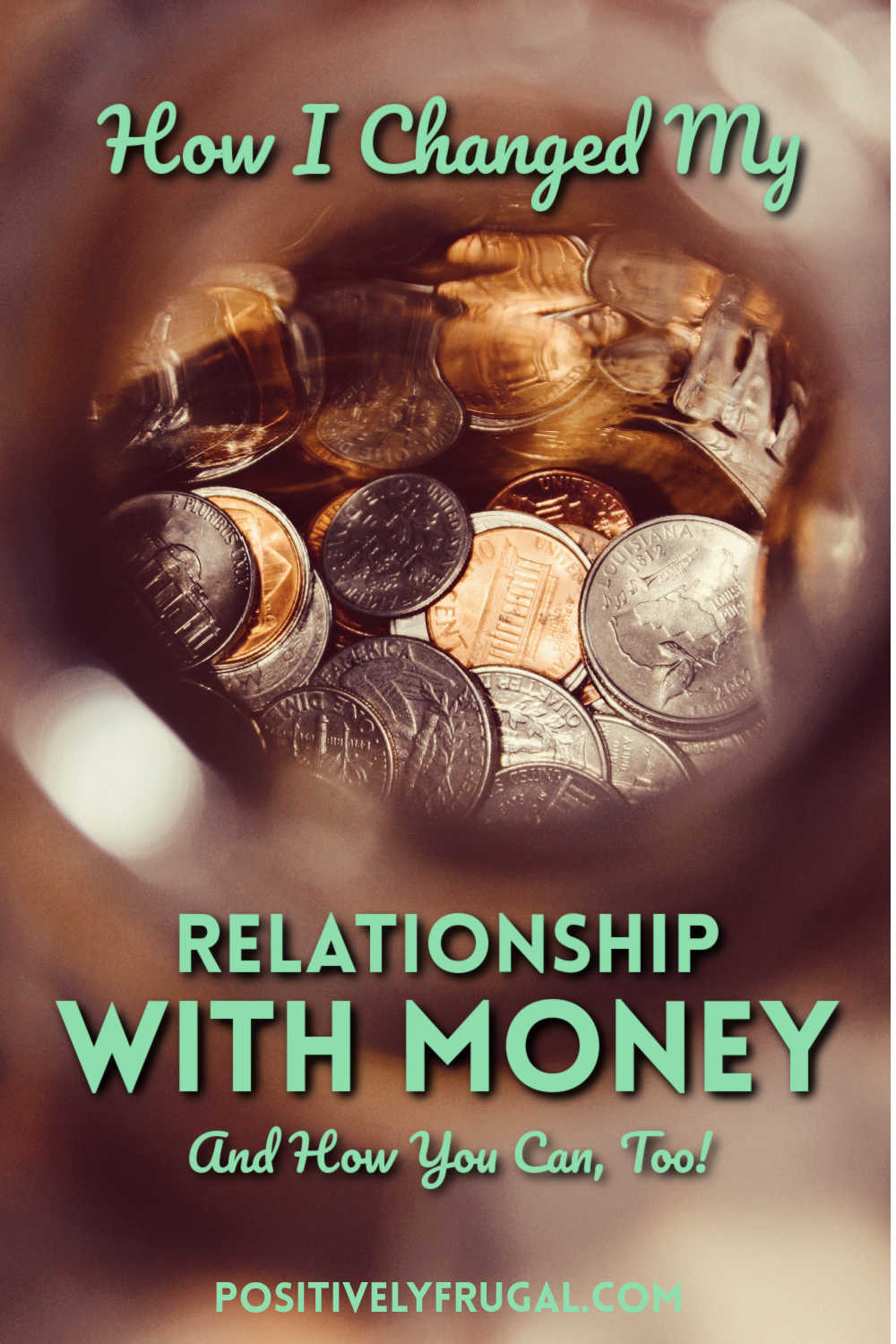
How I Changed My Relationship with Money in 5 Steps
I always thought I had a fairly healthy relationship with money. I’m a natural saver. Growing up, my mom taught me invaluable lessons about hard work, smart spending, the realities of debt and the value of a dollar.
Yet, I found that I was in a relationship with money that was wishy-washy. It wasn’t clear who was in charge and together we were just floating along letting the currents dictate what was spent and what was saved.
I had to learn how to improve my relationship with money if I wanted to get ahead. I had to put my foot down and take control of my money numbers.
There were 5 key steps in my process to a better money relationship – and you can also use them to improve your relationship with money!
Step 1: Set a Lofty Goal
The first step I took in healing my relationship with money was to set a goal. Not only a short-term goal, but a big, life-changing goal. I needed something gigantic enough to shift my perspective.
My boss at the time unknowingly helped me with this one. I was in sales and my boss challenged me to identify my motivation.
“Do you want a new car? Fancy jewelry? A huge house?” No, no, no. “Do you want a luxury vacation?” No, but it spurred an idea.
What I wanted was to earn enough so that I didn’t need to take vacations. What I wanted, really wanted, was to retire early and travel the world.
I was 30 years old and had only just started saving, so any idea of retirement was far off in the future.
But it was my first step, the first time I shifted my perspective, the first time I was provoked to look at my actual relationship with money.
Spoiler Alert! As big goals sometimes do, my goal of early retirement morphed into something else: Quitting that job to frugally travel the world as a Digital Nomad. I talk more on the subject on my About page.
Pro Tip: If you need help setting your money goals, you should also read my How To Set Finance Goals blog post.
Step 2: Honestly Look at Saving and Spending Habits
The next step I took in changing my relationship with money was to peek into how I saved and spent money. This is where it became painfully obvious that I was operating without a plan.
Money came in, money went out. I saved a little but spent a lot. Most importantly, I was lacking focus and a clear objective.
Determined to be more conscious with my funds, I made a financial resolution to open a savings account and set a specific amount to be deposited into it from every paycheck.
Then, I did a gut-wrenching self-appraisal. I differentiated my Wants from my Needs. I had to delve deep – and I had to be honest.
I had to stop justifying, placating, and soothing myself with silly materialistic desires. I had to quit making emotional purchases.
Starting a Budget
Budgeting is not an easy thing to do, but I knew if I wanted a healthy relationship with money that I had to do it…and I had to be completely honest about it.
To start organizing my finances I literally sat down with a pen and paper and listed out my goals, expenditures, needs and wants.
It was eye-opening – and it is something that you can easily do, too. Just grab a piece of paper – or, if you need a more structured approach – use the forms in my Complete Budget Planner Kit.
My affordable budget planner kit contains 18 templates specifically designed to help you hone your skills at saving and spending. (By the way, I share my one-page Budget worksheet for FREE when you subscribe!)
Changing Habits for a Better Relationship with Money
One of the things I had to get candid about, for example, was my weekly pedicures. I justified the regular indulgence because I lived in Arizona, worked in sales and wore open-toed shoes year-round.
I also felt, that with my stressful job, I deserved to be pampered a little – and I find pedicures to be incredibly relaxing.
However, the price of the foot treatment is exorbitant – especially as a weekly occurrence. I had to be honest and label the indulgent pedicure as what it really was: A want, not a need.
At that point, what I could have done (or perhaps, should have done) was cut out pedicures all together. But I was taking baby steps to better my relationship with money.
Rather than outright denying myself this guilty little pleasure, I cut back to monthly treatments instead of weekly…and bought a bottle of my nail color for touch ups in between pedis.
More importantly, I stashed the money that I was saving – $30 a week – into my new savings account (which I later named The Pot).
Challenge Yourself To Make Changes
Cutting back on spa treatments was just one of the many small adjustments I started making. I cut out other ‘Treat Yourself‘ splurges and challenged myself to spend less at the grocery store and became frugal with fashion, as well.
I stopped eating out and started preparing Frugal Meals (for breakfast, lunch and dinner). I also made other changes in my saving and spending habits and I eventually began to alter my money relationship.
I had to continue to adapt to improve my frugal spending and find some frugal hobbies as well. I share more tips about how I did this in my blog post, How To Be Frugal.
Pro Tip: Are you ready for a challenge? Get started right now with my $5 Frugal Food Challenge!
Step 3: Make Up Savings Games
Making cuts in emotional and excessive spending is difficult. Not only are we breaking routines, but we can suffer from withdraw and it can leave us feeling downright sad. This is where Step 3 comes into play: Create a game where saving wins.
Many unhealthy money relationships form with the constant barrage of advertising and perceived competition with our peers. We are served triggers from a young age that spending and ‘having the most toys’ will make us happy.
I needed to rewire my brain to feel more euphoric about savings than buying those insignificant ‘things’. When I achieved a ‘win’ by building savings (or paying off debt), then unnecessary spending wasn’t as desirable.
I accomplished this step by creating a Savings Game. Taking my new goal of quitting my job to travel, I calculated that we would be able to do it for one year if we limited our travel expenditures to $100 a day on average (which is an incredible frugal travel budget!).
With this figure top of mind, I created a game with each purchase. I could, for example, buy a new pair of designer jeans for $100 – or I could put the money into savings and ‘buy’ one day of our trip.
By breaking it down into daily dollar figures, I was able to keep my eye on the prize, celebrate small wins and feel ecstatic about it. I was able to shift my elation from spending to tracking my savings.
Pro Tip: We are also programmed to believe that in order to have fun, we need to spend money. This is simply not true! You can find heaps of free things to do that entertaining and fun!
Step 4: Create a Buffer Before Making Purchases
Credit cards and online shopping make buying a breeze…way too breezy. Impulse spending is a great detriment to the health of your relationship with money. Easy spending can lead to hard times.
We live in a Want It, Get It society – and marketers know just how to pull our strings. Anytime we walk into a store, there are bright orange signs grabbing our attention. Products for sale online show a limited quantity. Add To Cart! We Must Buy Now!
How we can build a better relationship with money is to purposefully implement a buffer between wanting and buying – be it a minute, an hour, a day, a week or even a month.
Hitting the pause button – rather than the Buy It! Button – allows time to reflect on whether or not what we want is a truly worthwhile purchase.
Furthermore, by taking a moment (or a day, or week or month) to determine the value of the purchase, you also carve out time to do research, look for coupons, price shop and seek out alternatives. Another way to do this would be through a sinking fund, so that you’ll slowly save for a big purchase.
Pro Tip: When analyzing my money relationship, I realized how much I was spending on impulse shopping at stores. In order to overcome the challenge, I literally stopped myself from going into stores for several months.
To change my behavior, I had to completely eliminate my triggers. Once I was more confident in my new habits, I allowed myself back into stores – but I know it is best if I go in armed with a plan!
Step 5: Separate Money from Happiness
This is the biggest step toward maintaining a healthy relationship with money – and, when accomplished, it is absolutely liberating!
Somewhere along the way it was imbedded in us that money provides happiness. As if just by having more of it, we would be eternally happy. This, of course, couldn’t be further from the truth.
Money is a tool, plain and simple. It is a necessity, and we use it to barter. It is a cyclical part of life: We earn money, we spend money. Nowhere in that cycle does money miraculously bring happiness along with it.
When we detach ourselves from this false theory, we can begin a search for what truly makes us happy. And that answer will be something different for everyone.
When I started logically looking at money as a tool and stopped pushing so much sentiment toward it, I felt I could breathe a little easier and make better money decisions.
By viewing money for what it actually is, I was able to firmly alter my relationship with money for good.
Pro Tip: Getting this far doesn’t mean that I can just quit caring about my money relationship. It is a lifelong endeavor; circumstances will change, I will change. But, I have a good foundation that I can build from in the future.
More Tips for Changing Your Relationship with Money
Changing my relationship to money was an introspective and personal process. There are many types of relationships with money; we are each unique in our money habits. So, here are a few tips if you want to learn how to heal your relationship with money.
Be Honest
When you do your personal Financial Wellness Check Up, be honest. As in, 100% honest. You will not learn how to improve your relationship with money if you hide the truth from yourself.
Educate Yourself
We only know what we know…until we learn more. We can learn from trial-and-error or we can learn from people who have had similar experiences before us.
I learned a lot about my money relationship by reading financial books. You can find my favorite list of Finance Books for Beginners here.
Give Yourself Time
As I mentioned earlier, changing your money relationship doesn’t happen instantaneously. It’s a process. Work through it, stay focused and ignore the negative stigma that some will try to place on your overhauled relationship with money.
Seek Professional Help
There is no doubt that humans have a psychological relationship with money. If you think it is best for your mental health to obtain help from a professional, then therapy might help.
Interested in more of my Life and Entertainment Tips? I round them all up on the Frugal Lifestyle page!
I Want To Know: How is your relationship with money? What extreme frugal steps have you taken to achieve your money goals? Please share in the comments below!
Pin It!
